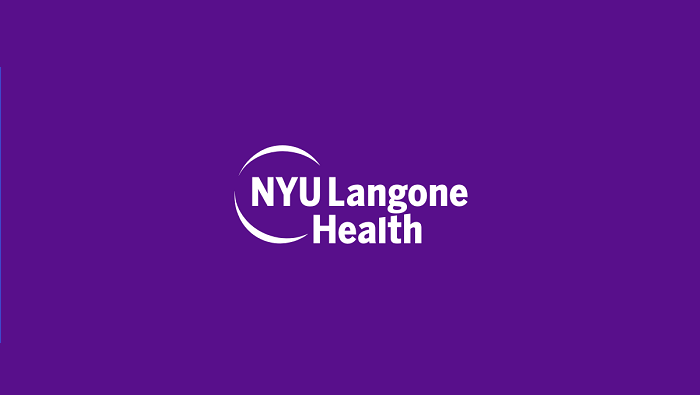NYU Langone Health announced a new virtual brain stimulation program, which uses transcranial direct current stimulation (tDCS) to treat symptoms for various psychiatric and neurological conditions, all from the patient’s home.
Participating patients connect to their care team through the NYU Langone Health app while wearing a headset that applies a low-grade electric current, the press release stated. The low-grade current allows neurons to fire more easily, improving brain connections. Depending on what the patient is being treated for, they may simultaneously partake in therapeutic activities that further their treatment.
This virtual program brings the latest treatments directly to our patients, enabling us to reach more people.”
The treatment can be used for a variety of conditions, including depression and anxiety, multiple sclerosis, Parkinson’s disease, and stroke recovery. There is also evidence to suggest that the treatment may aid in COVID-19 recovery. Because the treatment is noninvasive, care teams can treat patients virtually, allowing more people to get access to treatment.
“We create a personalized care plan for each patient that supports their individual needs and goals,” explained Charvet in the press release. “Treatment can include activities like seated motor exercises or playing cognitive training computer games.”
Because the tDCS treatment is considered to be innovative care, it is not covered by insurance. NYU Langone estimates that the cost with its treatment packages comes out to approximately $30 per session, including the rental costs for the electrode headset. According to the program’s enrollment website, each session lasts approximately 30 minutes, and daily sessions are recommended.
“This innovative treatment provides many individuals with relief, often after other options haven’t been successful,” said Charvet in the press release. NYU Langone Health is currently in phase one of a brain stimulation clinical trial to study the use of tDCS in treatment-resistant depression. Researchers will conduct visits over phone or video call and assess mood changes over the course of the study.
At-home treatments for a variety of conditions are becoming more common, opening doors for patients who otherwise may not be able to receive treatment. Recently, Rush University Medical Center launched a platform that enables deep brain stimulation (DBS) from home. DBS treatment, like tDCS, uses an electrode headset to provide treatment—particularly for patients with movement disorders like Parkinson’s disease.
Virtual visits allow physicians to get in touch with their patients quickly and easily. In the case of tDCS treatment, which could be administered as often as once per day, patients no longer have to transport themselves to a clinic to get treatment.
Other at-home devices have shown to improve care without the patient having to go to an in-person visit. Wearable device data from smartwatches could have major implications for predicting clinical laboratory measurements without a doctor’s visit, a new study revealed.
Taking a patient’s vitals during their visit provides a snapshot of the patient’s health at that very moment, but wearable devices can collect long-term data to create a fuller picture of the patient’s health.
The benefits of telehealth and at-home treatments are becoming increasingly apparent, especially as patients have stuck in their homes during the coronavirus pandemic.


















